
Where are the young women in birding?
That is why for the past few years I‘ve been trying my best to interest other young people in the wonderful birds and wildlife that can be found in the UK. Ultimately, without a next generation of conservationists, ecologists, and ornithologists there will be no one to preserve our nature and environment for years to come.
However, after being in the birding community for nearly 10 years now, being a young female birder can sometimes mean you stick out slightly (which is not necessarily a bad thing). Birding is a particularly male-dominated hobby, there’s no doubt about it. Although it has improved over the time I’ve been a birder, the stereotype among the public is that birdwatchers are middle-aged white men, often being ‘twitchers’ too. I’m not saying that I feel uncomfortable being a woman in birding, but I would love to see the hobby become something that more woman can enjoy, as much as men.
In order to make birdwatching more appealing to women, it’s important to ask: why are there fewer women than men in birding in the first place? Is it just because women aren’t as interested? Or are there some barriers in the way which may limit their interest from developing? It is something that I’ve always wondered.
In order to make birdwatching more appealing to women, it’s important to ask: why are there fewer women than men in birding in the first place?
Personally, I think women can experience barriers to accessing nature in parks and green spaces, for example. I often think twice about going birding or for a walk on my own due to the worry of something happening. I suggested this on Twitter and well over 100 people felt the same way. Some may argue it’s just the fear and you should just go for it. However, this fear is real when assault and intimidation are often reported. It can be so frustrating – because I’m a woman, I feel worried about enjoying my hobby on my own. Some may say find someone to go with, but why should I have to rely on someone else? It’s sad that it’s an issue that many women are expected to just accept. Perhaps as time goes on this problem in society will lessen. Interestingly, I find myself feeling much more comfortable in nature reserves and I have been to my local nature reserve many times on my own. This is because I feel safer, know my surroundings, and know people who often visit.
Also, limited facilities available can be a problem, especially toilets. As an IBS sufferer myself, I’m not too keen on going places without a toilet, just for peace of mind. This can often be annoying as I am limited to the places I can visit. I know many other people can find this a problem too, particularly women and those who suffer with similar conditions.
I asked a few inspirational young women, who are also passionate about birds and wildlife, about their experiences and viewpoints as women. You can add yours in the comments section at the bottom of this blog.
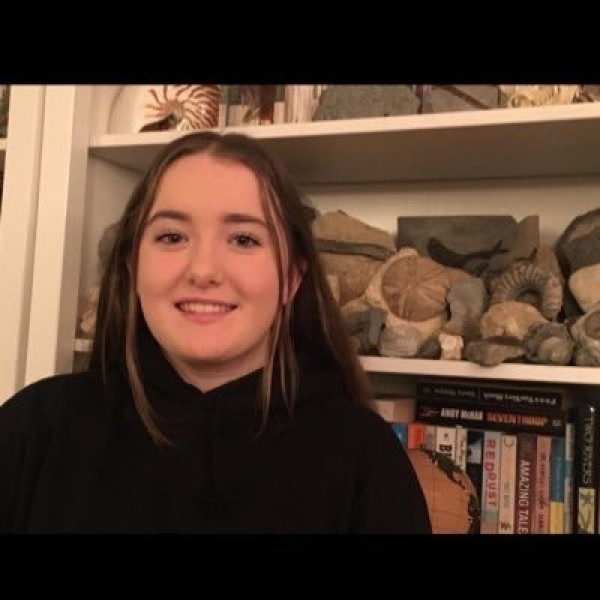
Megan McCleverty (Twitter: @stonechat_42)
When I first started birding, there appeared to be fewer women than men involved. I noticed this both just walking around my local nature reserve and out at events like bird camp, which is where I first became engaged in the (online) birding community.
The reason for this became clearer to me when talking to some of my friends late last year. My female friends seemed to have a much more negative perception of birding as a hobby. They believed that the birding community was male dominated, not a welcoming environment to be in and was perhaps ‘not for them’ (although I hope they have since been converted). I would totally disagree as I myself have never had any negative experiences or comments, and am extremely lucky to have found such a supportive group of individuals through my hobby. However, I can say from personal experience, entering an environment which at first I believed to be male-dominated, was quite intimidating and required some time to feel confident and fully involved.
Perhaps another reason why there might be fewer women involved would be practicality. Late last year I wrote a tweet on this subject which received an amazing response. A few people in the comments discussed their own experiences of birding. One thing which appeared a few times was a concern about safety, as mentioned by Mya. Walking around a large nature reserve by yourself, especially as a woman, can feel quite daunting. As well as this, not all nature reserves have toilets which can be an issue. So perhaps if nature reserves were clear about addressing potential safety risks and provided the necessary facilities, birding would be accessible to more women.
Charlotte O’Neill (Twitter: @Lotty_ONeill)
When accessing nature alone, I often feel like I have to be on alert. Being observant of the world around me is not reduced to an observation of nature, it is an observation of people. Constant risk assessment takes place. I feel safer in some places more than others. Managed nature reserves with more people are perceived to be safer, as are open fields where other walkers can be easily avoided. But some green spaces carry an atmosphere and unsafe reputation. The closest urban green space to where I lived for three months last year was one such place – it was the only area in walking distance but had distinct issues with crime. Family members warned me not to go there alone, so I generally didn’t. I can see how this could be a barrier to women accessing nature. I don’t let fear stop me from walking or experiencing nature, but to be cautious always seems needed.
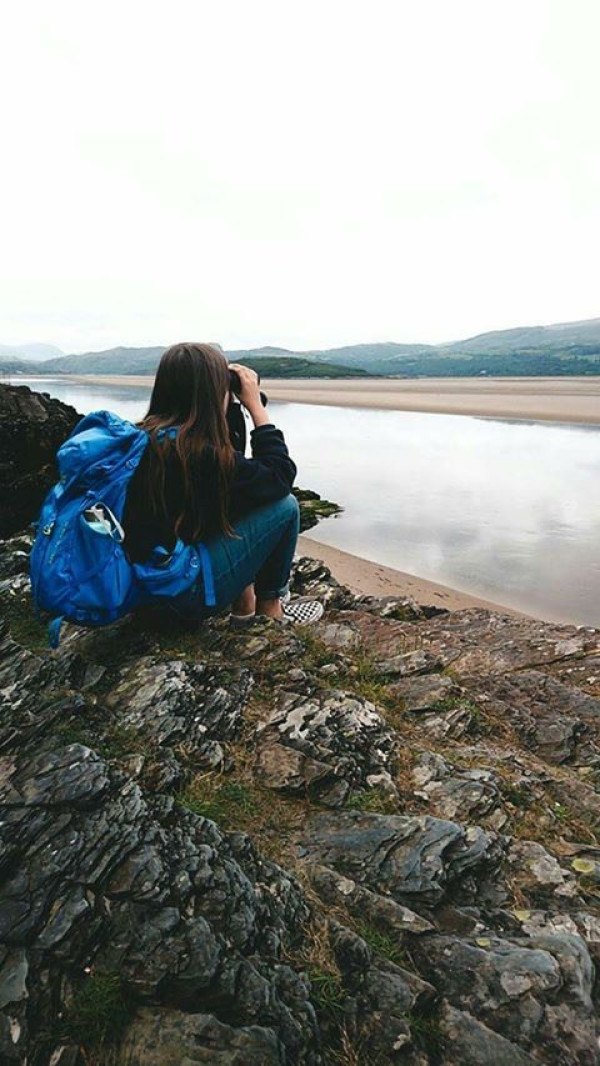
Siân Mercer (Twitter: @sianmercer)
I started bird watching three years ago and, as a young woman in birding, I feel privileged for not only the support and help but also the friends I’ve made along the way. However, if we want to support our fellow women in STEM and encourage the next generation, it’s an issue we as a community need to be educated on.
I’ve found that most people have been supportive regardless of gender to me, and for that the birding community should be proud. However, a fairer representation in both media and the field is essential, to prove that success doesn’t rest on your gender and to challenge the stereotypical perception of birdwatching. Intersectional environmentalism is necessary to get the next generation to feel the same passion, love and dedication to the natural world. Showing that skilled women can rightfully earn their place, and not just for the sake of diversity, will hopefully inspire the next generation of budding conservationists, and show they are very much welcomed.
Despite the majority of positive benefits for women in birding, there will always be a few negatives that must equally be acknowledged to show what we must change, such as inadvertent sexism, which is something we should be aware of. Comments I’ve heard while birding such as: “You don’t look like a birdwatcher”, or “The way you dress isn’t right!” can be considered examples of inadvertent sexism. I’ve found from my experience at an ordinary state school that sexist jokes are still often accepted. On a few occasions people have told me I can’t be smart simply because I’m a woman, especially in STEM lessons. I can see how this makes it daunting for many girls, with ‘jokes’ such as “You belong in the kitchen” not only completely disrespecting and undermining us, but also discouraging women to go into sciences, which have been traditionally male-dominated industries.
While doing research for this article I asked five of my female friends to describe what they perceived as a stereotypical birder. All five said men, with three out of the five saying old/older men. However, the reality is that birdwatching and the nature community in general should be seen as encouraging, with a range of people from various backgrounds, genders and ages. When I once again asked my friends about what they, as teenagers, thought about this issue, there was a unanimous agreement of having young female role models for children to relate too and aspire to be. In agreement with me, there was also a call for it to be taught more in primary schools, with suggestions of having speakers in from a variety of backgrounds to show kids from a young age that it’s an activity for all. In the next few years I hope to see lots of new projects that really bring everyone into birding, both women and men.
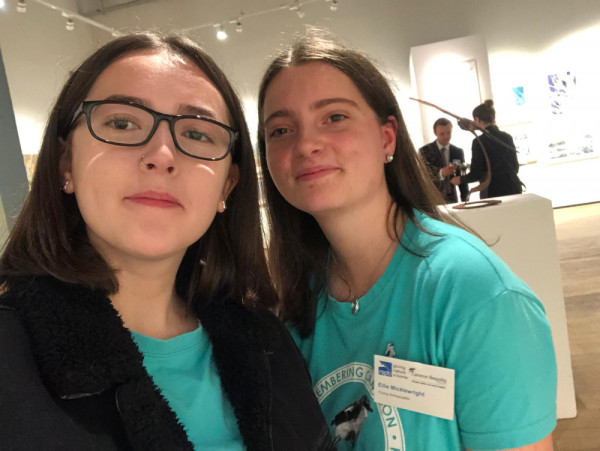
Ellie Micklewright (Twitter: @emwright_7)
When Mya asked me to write about my experiences of being a young female birder/environmentalist, and any barriers I felt there were in this sector related to age and gender, I struggled to think of anything tangible. The truth is I haven’t experienced sexism directly in birding, but I know there are some issues, as only 5 out of the 20 birders at BTO Bird Camp were girls (both times I attended). I therefore understand, as I’ve experienced, that teenage girls can perhaps have less confidence when it comes to social birding and sharing finds/ID , as I know I don’t feel skilled enough to undertake, for example, a WeBS count by myself.
There are little things that also contribute to this atmosphere. For example, when I’m out birding with my dad the questions of sightings will always be directed at him rather than me, despite the fact that I got him into birding just a few years ago. Furthermore, there is a clear lack of female representation in prominent conservation roles which creates a gap in role models and makes it arguably more difficult for girls to aspire towards these top positions. Therefore, it is encouraging to see Juliet Vickery appointed as the new CEO of the BTO. Looking forward, I hope for greater inclusivity and diversity in the conservation sector.
As you can see, we all seem to touch on similar points like safety, accessibility, and sexism. We all agree that we would like to see more women in birding in the future and perhaps more role models we can relate to. Having more women role models that young female birders to look up too would give encouragement and inspiration which could help many develop their interest. Perhaps more needs to be done to implement this into the media and TV. All five of us will continue to do our best to make birding more accessible and I hope, when we are older, we will come across many more women who birdwatch too.
I would like to thank Arjun Dutta, member of the BTO’s Youth Advisory Panel, for his support and encouragement to write this article.




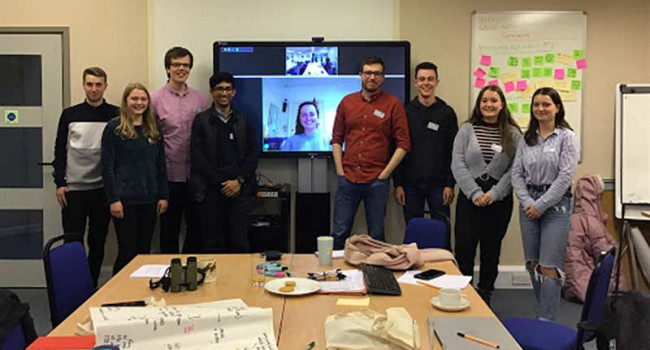
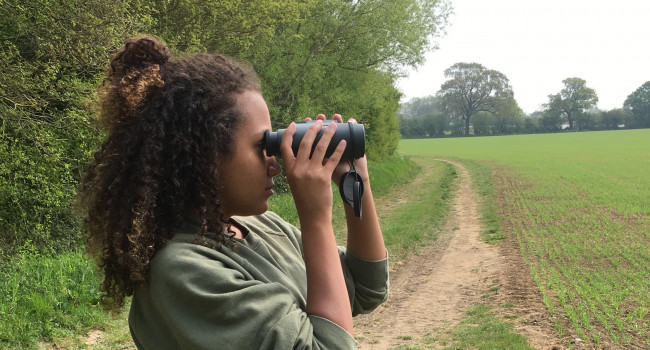
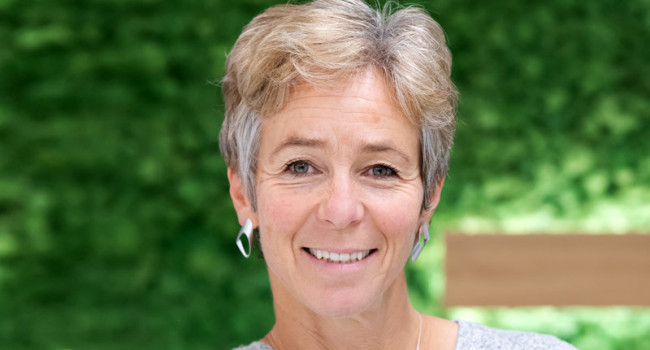

Share this page